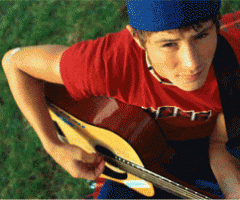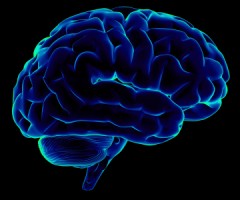Attention-deficit/hyperactivity disorder (ADHD) is a common behavioral disorder that affects an estimated 5% of school-age children. Boys are about three times more likely than girls to be diagnosed with it. The symptoms can affect cognitive, academic, behavioral, emotional, and social functioning
The three subcategories of ADHD are:
- Predominantly hyperactive-impulsive
- Most symptoms (six or more) are in the hyperactivity-impulsivity categories.
- Fewer than six symptoms of inattention are present, although inattention may still be present to some degree.
- Predominantly inattentive
- The majority of symptoms (six or more) are in the inattention category and fewer than six symptoms of hyperactivity-impulsivity are present, although hyperactivity-impulsivity may still be present to some degree.
- Children with this subtype are less likely to act out or have difficulties getting along with other children. They may sit quietly, but they are not paying attention to what they are doing. Therefore, the child may be overlooked, and parents and teachers may not notice that he or she has ADHD.
- Combined hyperactive-impulsive and inattentive
- Six or more symptoms of inattention and six or more symptoms of hyperactivity-impulsivity are present.
- Most children have the combined type of ADHD.
To be diagnosed with the disorder, a child must have symptoms for 6 or more months.
Children who have symptoms of inattention may:
- Be easily distracted, miss details, forget things, and frequently switch from one activity to another
- Have difficulty focusing on one thing
- Become bored with a task after only a few minutes, unless they are doing something enjoyable
- Have difficulty focusing attention on organizing and completing a task or learning something new
- Have trouble completing or turning in homework assignments, often losing things (e.g., pencils, toys, assignments) needed to complete tasks or activities
- Not seem to listen when spoken to
- Daydream, become easily confused, and move slowly
- Have difficulty processing information as quickly and accurately as others
- Struggle to follow instructions.
Children who have symptoms of hyperactivity may:
- Fidget and squirm in their seats
- Talk nonstop
- Dash around, touching or playing with anything and everything in sight
- Have trouble sitting still during dinner, school, and story time
- Be constantly in motion
- Have difficulty doing quiet tasks or activities.
Children who have symptoms of impulsivity may:
- Be very impatient
- Blurt out inappropriate comments, show their emotions without restraint, and act without regard for consequences
- Have difficulty waiting for things they want or waiting their turns in games
- Often interrupt conversations or others’ activities






